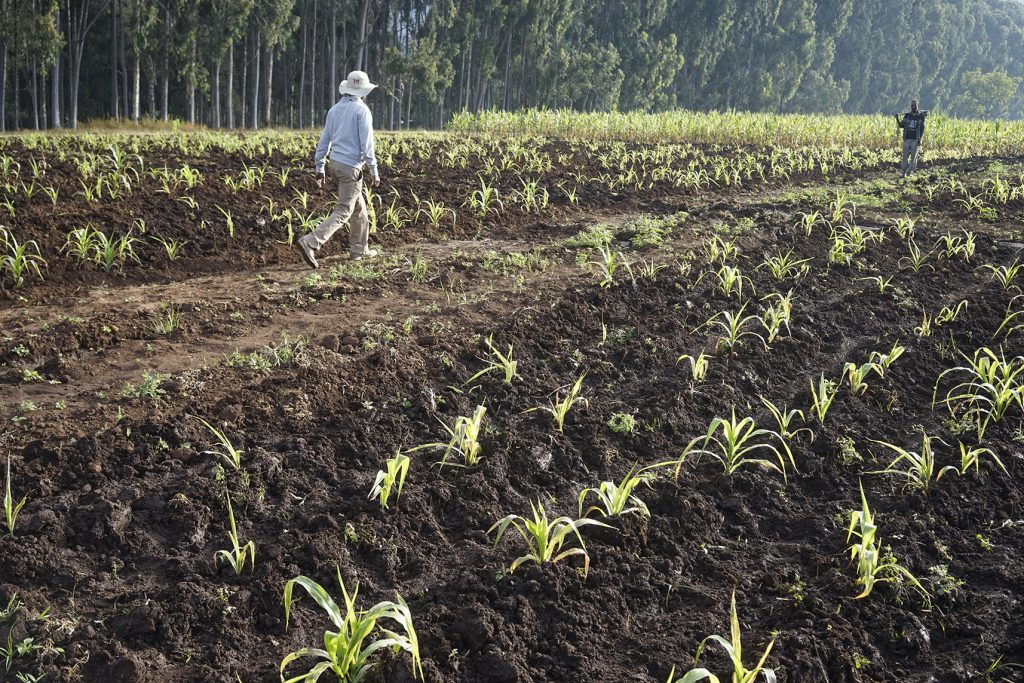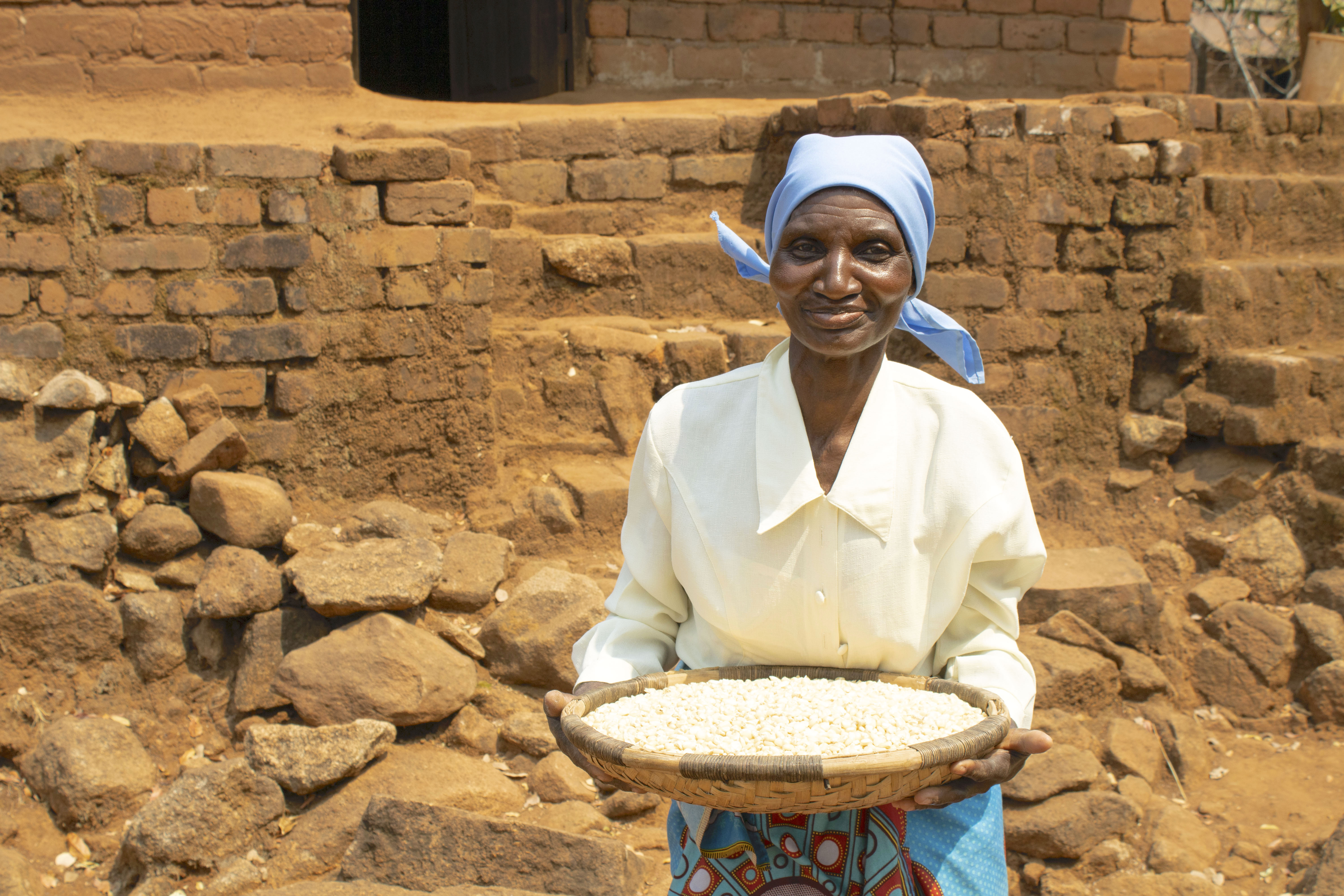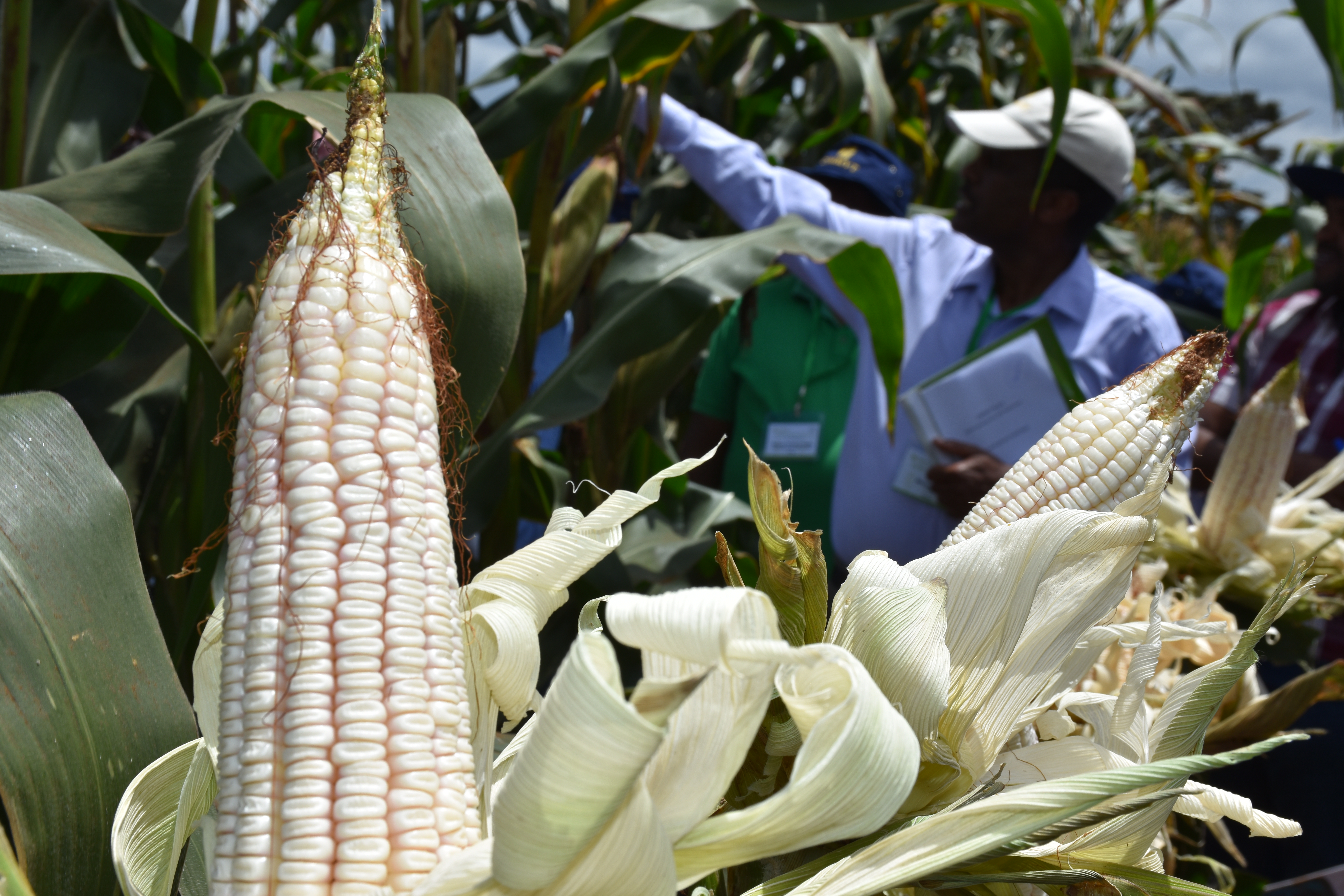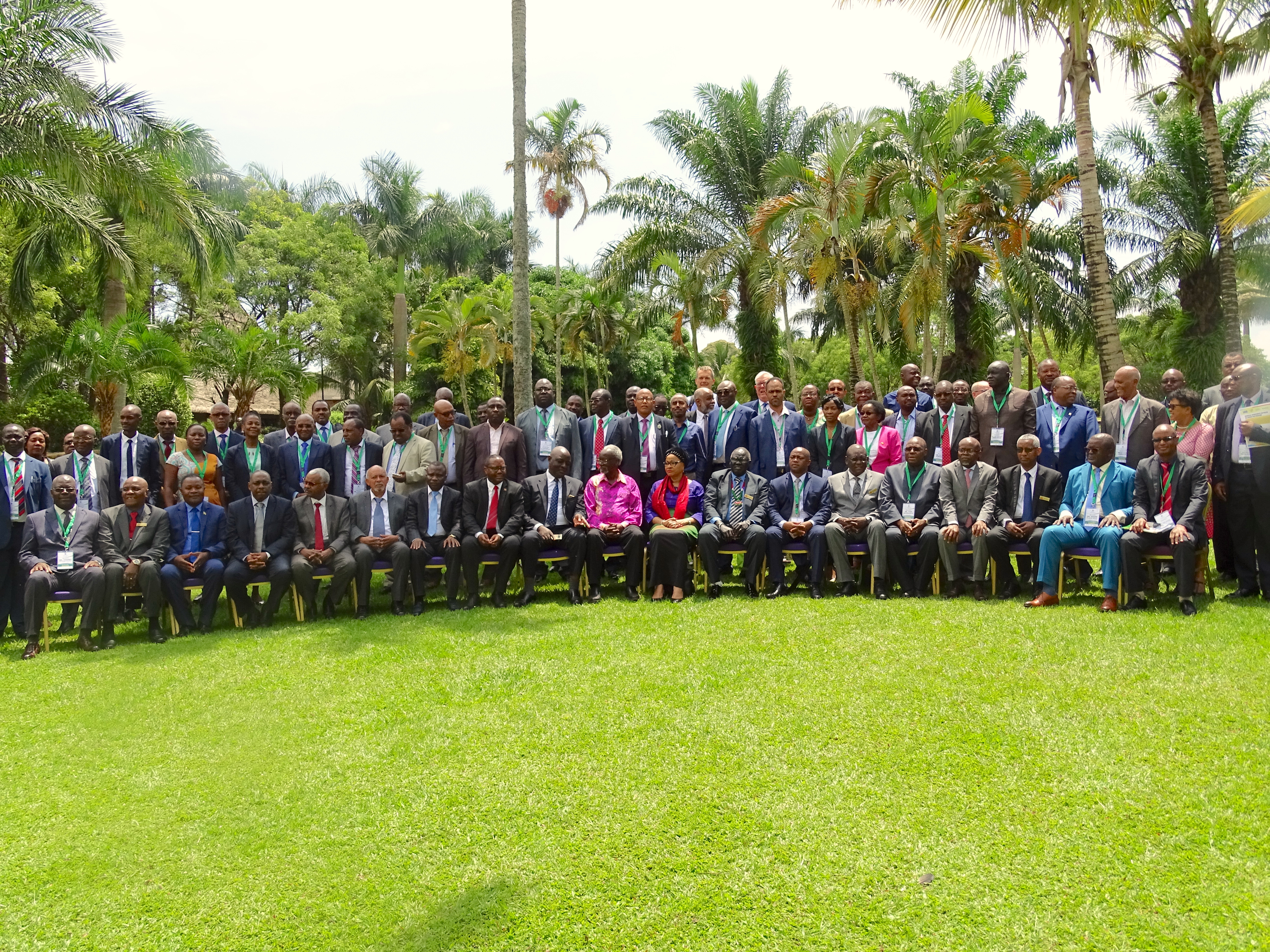
One major reason why maize productivity in sub-Saharan Africa is very low is poor soil health. Soil acidity is often mentioned because of its impact on crop yields and the extent of acid soils in the region. A recent soil mapping exercise, conducted by the Ethiopian Soil Information System (EthioSIS) under the administration of the Ethiopian Agricultural Transformation Agency (ATA), estimated that 43% of arable lands were affected by acid soils and that 3.6 million people, about 10% of the total rural population, live in areas with acidic soils.
Very acid soils — those with a pH below 5.5, roughly one hundred times more acidic than neutral soils — are associated with certain toxicities, like aluminum and iron excess, and some nutrient deficiencies. Soil acidity pushes soil nutrients out of reach of the plant, leading to stunting of root system and plant. As a result, the plant becomes also less tolerant to drought.
Soil acidification depends on soil nature, agroecology and farming systems. It happens through natural leaching of CO2 after rainfall and excess application of nitrogenous fertilizer or organic matter, for instance.
As a result, soil acidity significantly affects maize yields. In Ethiopia, studies have revealed substantial impacts on crop productivity related to acid soils and the importance of acid soil management for Ethiopia’s food security. The Ethiopian Institute of Agricultural Research (EIAR) estimated that soil acidity on wheat production alone costed the country over 9 billion Ethiopian Birr, about $300 million per year.
Acidic soils in the limelight
Preliminary analysis led by the International Food Policy Research Institute (IFPRI) suggests that yields of major cereal crops, such as wheat and barley, could increase by 20 to 40% with the application of lime in acidic areas of the country.
While these preliminary results are significant, we need to know more about local farmers’ experience with acidic soil and their mitigation strategies. Such impact assessments are however typically determined at either the national or experimental plot level and do not map where mitigating against acid soils would be the most profitable.
To improve acid soils, farmers may apply lime on their fields to raise the pH, a practice known as liming. How much lime to apply will depend on the crop, soil type but also on the quality of lime available. Liming has multiple beneficial effects like improving nitrogen fixation of legume nodules, boosting yields of legume crops.
But liming has a cost. It can quickly become a very bulky affair as we need to apply 3 to 4 tons per hectare for sandy soils and up to 8 tons per hectare for clay and humifere soils.
Furthermore, existing lime markets are quite limited or even non-existent in many areas, even those where acidic soils are prevalent. Developing supply chains from scratch is difficult and costly. Understanding the costs and potential returns to such investments is important. There are many questions to ask at different levels, from the farm and farming system to the lime supply chain. What are the available lime sources — calcitic, dolomite or blend — and lime quality? Where are the lime processing units and how could you assess the transport cost to the farms? What could be the crop yield response depending on the lime application?
User-friendly and scalable dashboard
IFPRI, in collaboration with EIAR, the International Maize and Wheat Improvement Center (CIMMYT) and the German aid agency GIZ, developed a pilot in Ethiopia’s Amhara region to help better target lime interventions for a greater impact. Amhara region was chosen because of the importance of acid soils, and access to extensive soil data.
Combination of several spatial datasets on soil quality, agroecological, weather, long-term agronomic trials and crop modelling tools enabled to generate at scale, georeferenced estimates of crop yield responses for different lime applications. Calibration of this spatial model for wheat estimated a yield increase of approximately 30% increasing the pH from 5.5 to 6.5, which is relatively consistent with general research data and expert opinion.
Mapped estimates of the grain prices and the delivered costs of lime, based on the location of the lime crushers in the region and transport costs, enables then to map out the spatial profitability of lime operations.
Initial calculations revealed a great variability of lime costs at the farmgate, with transportation representing at least half of total lime costs. It showed also that farmers often do not use the most cost-effective combination of inputs to tackle soil acidity.
Another possible application is to determine maize growing areas where lime benefits outweigh the costs, which would be ideal sites for demonstrating to farmers the positive impact lime applications could have to their livelihoods.
This Amhara lime dashboard prototype demonstrated its scalability. A national dashboard is currently being developed, which includes lime sources GPS location, grain prices and district-level soil quality mapping. This approach is tested also in Tanzania.
CIMMYT and its partners plan to package such tool in a user-friendly open-access web version that can be rapidly updated and customized depending on the area of intervention, for instance integrating a new lime source, and applied for different crops, and across the Eastern African region. Such dashboards will help development organizations and government make better informed decisions regarding lime investments.

 Gender equality, youth and social inclusion
Gender equality, youth and social inclusion 


